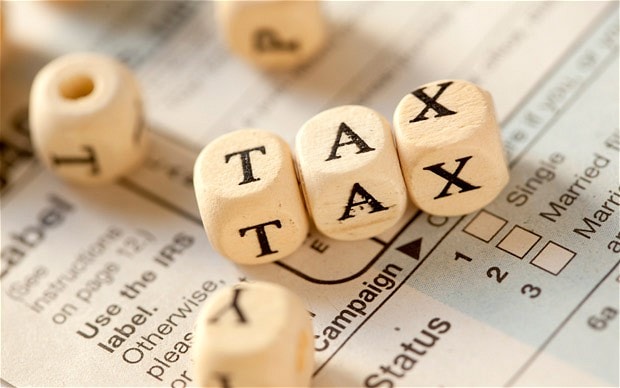The latest in a line of start-up companies wrongly filing for Seed Enterprise Investment Scheme compliance has left investors unable to claim tax relief.
SEIS investors receive some of the most generous tax reliefs in the world for taking a stake in a new start company.
They gain a 50% income tax reduction of up to £100,000 plus capital gains tax reliefs when selling their shares in the company, providing they have held the shares for at least three years and the company has met several other stipulations laid down by HM Revenue & Customs.
In the case of Innovate Commissioning Services Ltd v HMRC, the company had originally sought SEIS assurance from the tax office.
Wrong form sent to HMRC
The company wrongly filed a form EIS1, which was a tax compliance certificate for the Enterprise Investment Scheme.
Once EIS status was approved, the company could not qualify for SEIS, so the shareholders could only claim EIS tax relief, which offers less generous returns than SEIS – for example, the income tax reduction is 30% of the investment.
The case seems unfortunate because HMRC wrote to the company for clarification over which tax scheme it was joining, but the company had moved offices and did not receive the letter in time.
Meanwhile, HMRC certified EIS assurance and refused to alter the company’s tax status under SEIS.
The directors appealed the decision to the First Tier Tax Tribunal which ruled against them and dismissed the case.
Costly compliance mistake
Judge Peter Kempster explained that the law required the company to certify SEIS or EIS compliance or separate forms. Although the certification was on the wrong form, it was still a certification.
“The legislature intended that HMRC should be able to rely upon the accuracy of the compliance statement and the company’s intention, even if it is fraudulent or negligent, does not prevent it from having provided a compliance statement.

“However, that was not the case here and it is clear from earlier cases that the mistaken submission of the wrong form does not prevent there having been provision of a compliance statement.”
